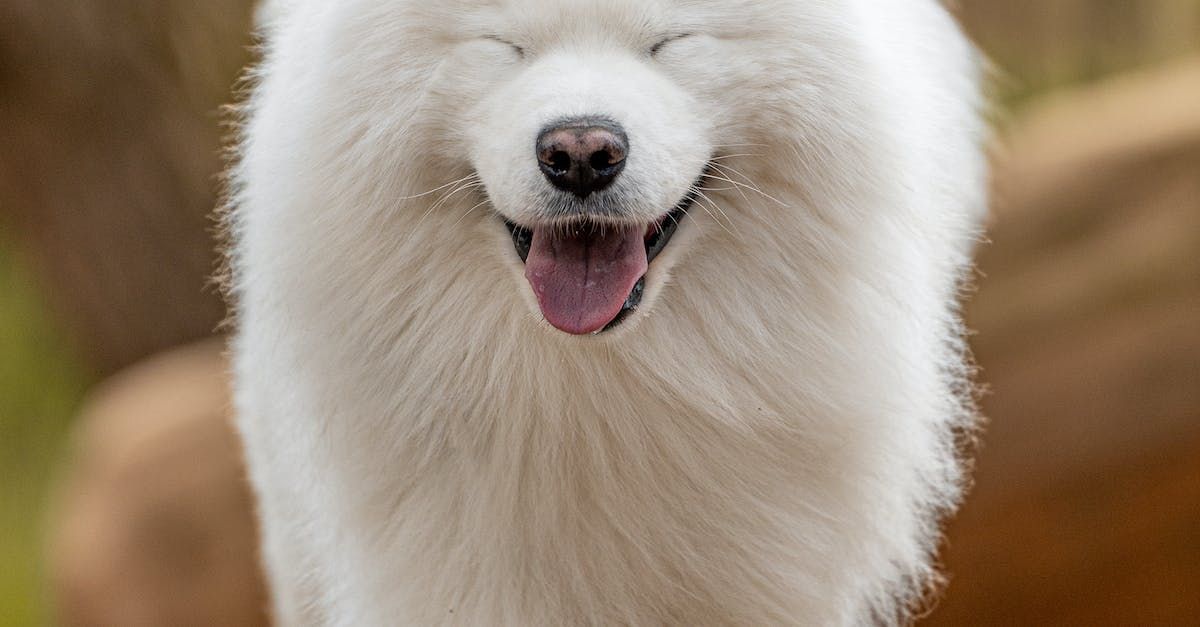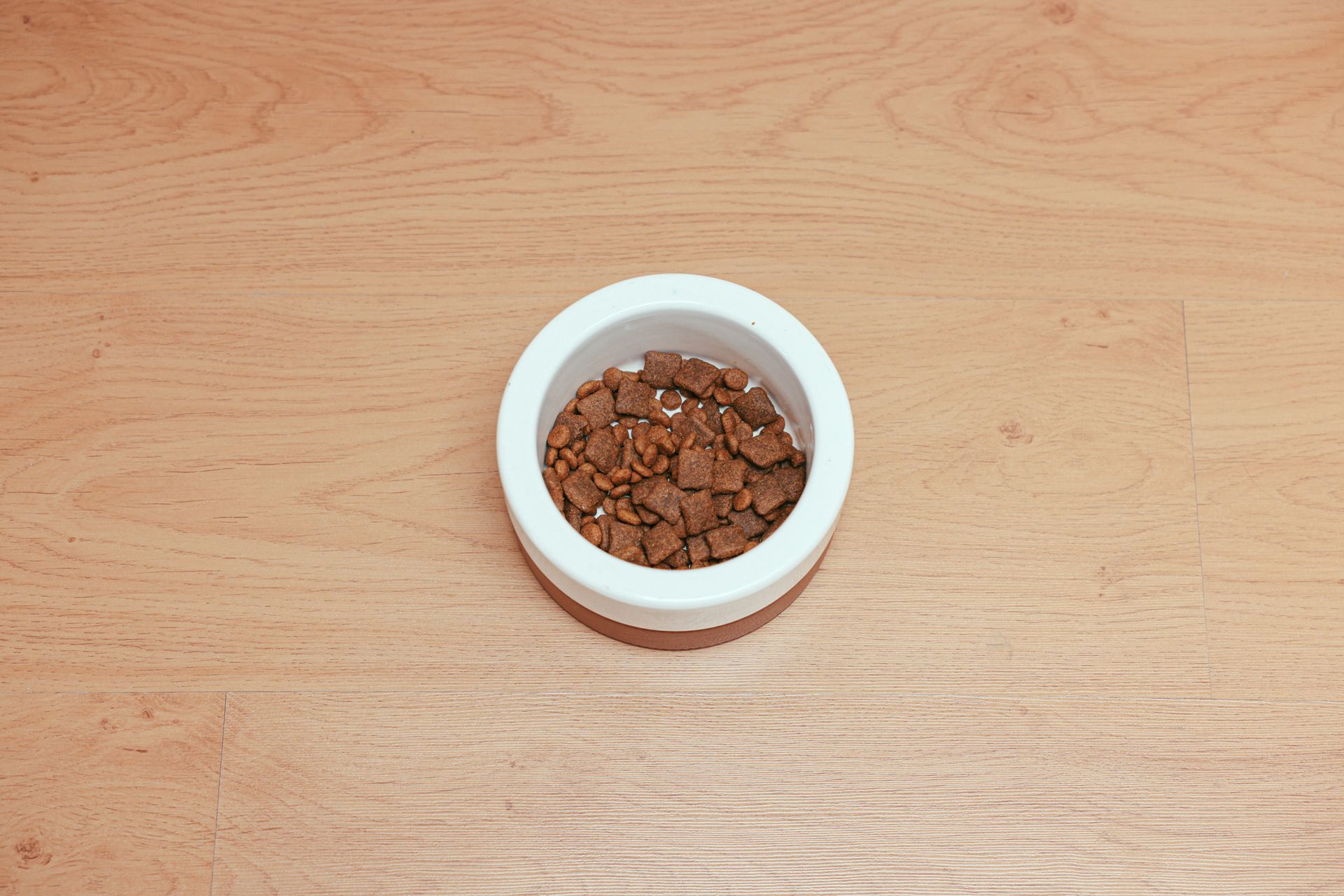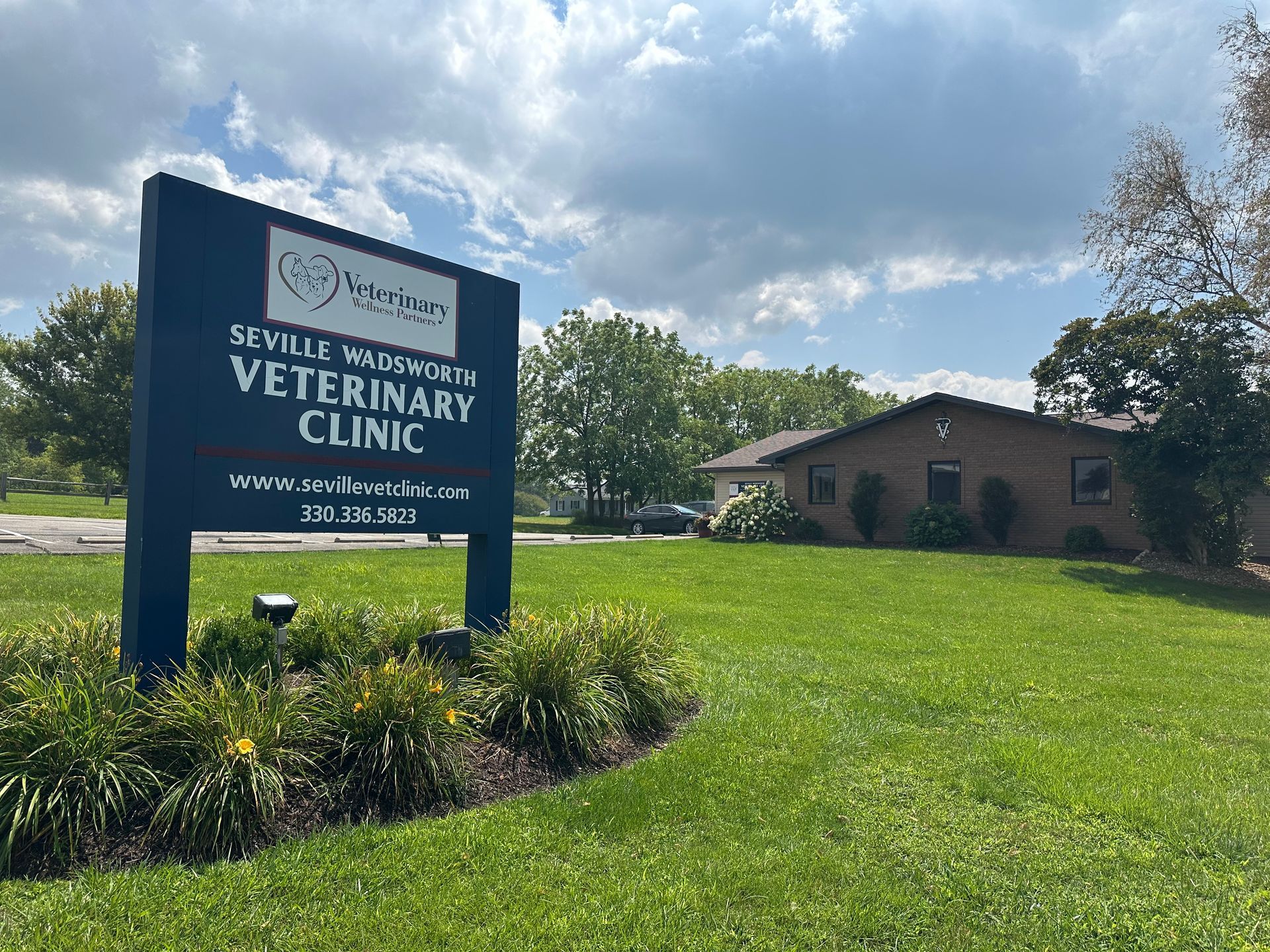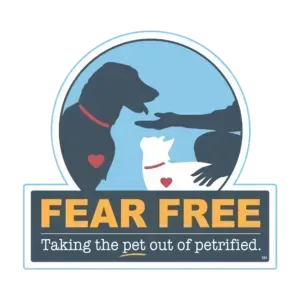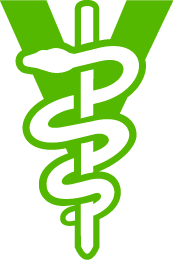Coronavirus in Dogs
Canine Coronavirus
There are two forms of coronavirus that infect our domesticated dogs: Intestinal and Respiratory
Intestinal Canine Coronavirus (CCV)
The first is an intestinal disease that can be found worldwide. It is specific to dogs, not transferring to any other animal or human. The virus infects the upper two thirds of the intestinal tract, as well as the local lymph nodes. It is limited to the upper two thirds of the GI tract and replicates here, where it can cause the clinical signs listed below. Most dogs experience very mild GI signs of diarrhea, with many not having any clinical signs or symptoms. When this virus occurs along with another GI disease, such as parvovirus or small intestinal bacterial overgrowth, the signs and symptoms can be much worse, including death.
Signs and Symptoms
The symptoms of a canine coronavirus vary from dog to dog. In the majority of adult dogs, the signs will be very negligible, to none at all. Occasionally a dog may have a vomiting episode followed by a few days of diarrhea. Fever is rare in older dogs. Most dogs will simply seem “off” for a bit, with decreased appetite and mild depression. Puppies may experience prolonged periods of vomiting and diarrhea, which can result in dehydration. These puppies need supportive care and will often fight the virus off.
Causes
As many know, this is a coronavirus. The term corona refers to the appearance of the virus when viewed under an electron microscope. This view gives the appearance of a crown, or corona, which is made up of protein particles on the shell of the virus. The most common source of infection is from contact with the feces of an infected dog. The virus can remain in the dog’s intestinal tract for a prolonged period of time, resulting in shedding of the virus to be picked up by other dogs. Stress and overcrowding can make some dogs more likely to come into contact with coronavirus.
Respiratory Canine Coronavirus
Differing slightly from the intestinal canine coronavirus (CCV), the respiratory virus is a type 2 coronavirus. It is called canine respiratory coronavirus, or CRCoV. It is genetically closely related to the bovine coronavirus, though the virus is not contagious to cattle. It is also closely related to the human coronavirus that causes the common cold (NOT COVID-19) and is also not share from dog to human.
Canine respiratory coronavirus first occurred in England in 2003. It has also occurred in Japan, Italy, Greece, Ireland, the United Kingdom, the United States, and Canada.
Clinical Signs
CCRoV can cause and acute respiratory infection. Most dogs have a mild disease consisting of cough, sneezing, and nasal discharge. Some dogs have a subclinical infection with no clinical signs, yet they shed virus that can infect other dogs. A small minority of dogs infected with CRCoV have progressed to pneumonia, especially is they are complicated by CIRD (see below). The clinical signs usually resolve after 1-2 weeks, depending on whether co-infection with other pathogens is involved.
Causes
Once again, this is caused by a coronavirus. It is most commonly associated with the complex known as canine infectious respiratory disease (CIRD). CIRD is made up of several viruses and bacterial invaders. Some of these include canine parainfluenza, Canine influenza, and Bordetella bronchiseptica (kennel cough). This complex can get very complicated if a bacterial pneumonia develops with mycoplasma being the primary concern.
The virus is spread through nasal secretions and particles. The most efficient transmission occurs by direct contact with infected dogs and by aerosols generated by coughing and sneezing. The risk for CRCoV infection is highest when large numbers of dogs are housed together in close confinement, such as boarding/training kennels, shelter facilities ,and dog shows. Dogs of all ages and breeds are susceptible to infection. The incubation time from CRCoV exposure to clinical disease is unknown, but may be a few days. The number of days that virus is shed is also unknown.
Treatment
There is no known treatment for CCV or CRCoV. Both of these are treated by supportive care, which is basically fluid therapy and treatment of secondary infections. Isolation of infected dogs is the best way to contain the virus. Quarantine time is unknown, but two weeks is suggested.
Prevention and Vaccination
Quarantining of affected dogs in the best preventive measure. The coronavirus does not last very long in the environment. General principles of cleaning and sterilizing of areas also helps to prevent the spread. Once thoroughly cleaned, areas should be completely dried. There is currently no vaccine for CRCoV.
There is a vaccination for the intestinal form, CCV. However, this vaccine is no longer commonly used or recommended due to the mild nature of the disease.
